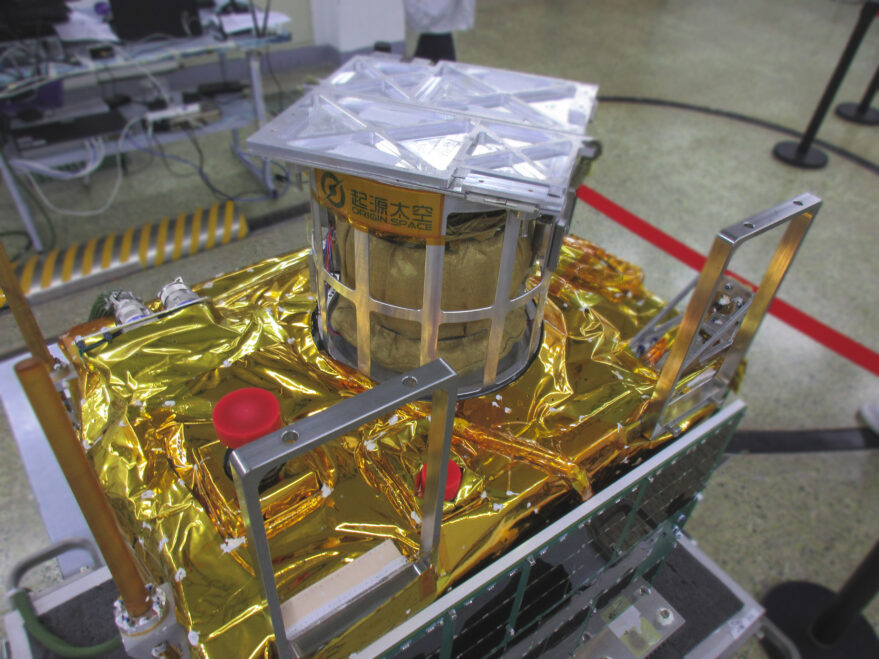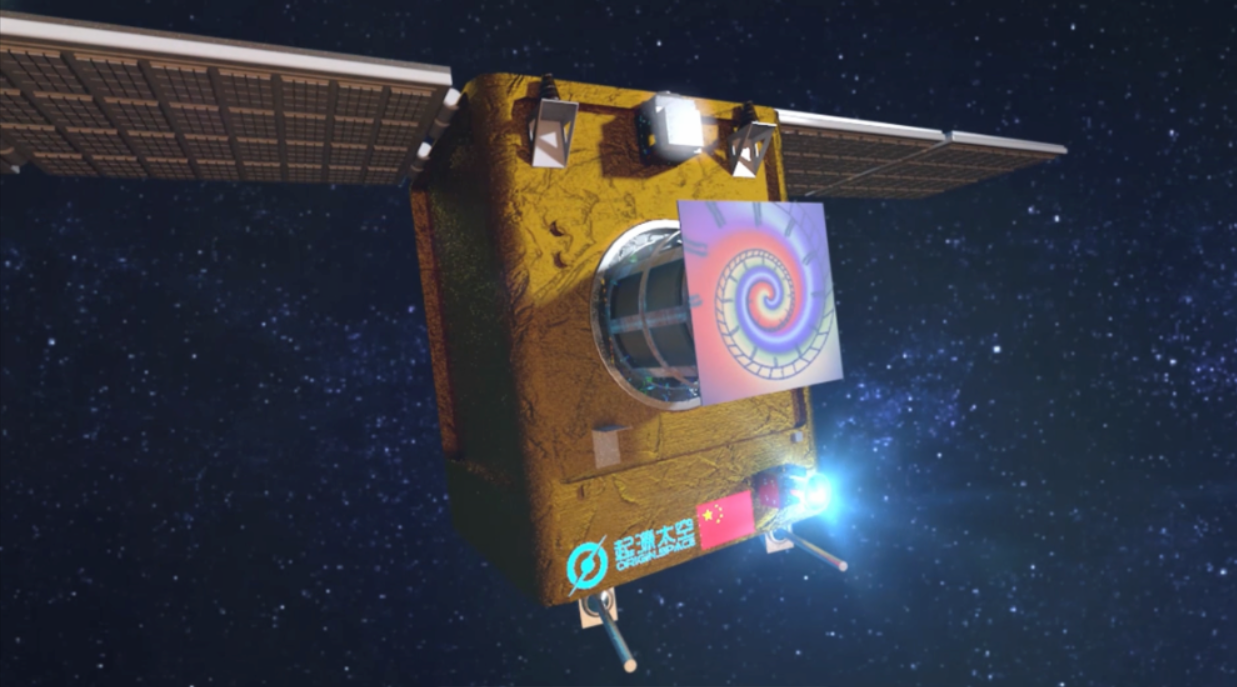HELSINKI — China launched a small space mining test spacecraft and eight other commercial satellites into orbit on a Long March 6 rocket late Monday.
The Long March 6 lifted off from Taiyuan Satellite Launch Center, north China, at 11:20 p.m. Monday Eastern. The China Aerospace Science and Technology Corp. (CASC) announced launch success within an hour of launch.
Three main satellites were the Qilu-1 synthetic aperture radar and Qilu-4 optical remote sensing satellites. The pair are owned by Shandong Institutes of Industrial Technology provide remote sensing data for industry and civilian use in Shandong Province.
Foshan-1 is an optical remote sensing satellite with a high-resolution panchromatic camera. It is stated to be an in-orbit verification of the Jihua Laboratory based in Guangdong province.
Secondary passengers include NEO-1, a scientific research and technology verification satellite developed by Shanghai ASES Spaceflight Technology Co. Ltd. (ASES) for Shenzhen-based Origin Space, a space resource utilization firm.
The small satellite will test near Earth asteroid observation and prototype technology verification for space resource acquisition in low Earth orbit. The mission will carry out an active debris removal test, releasing a small, square, spiral-patterned target and subsequently attempt capture using a net system. The spacecraft will then lower its orbit using onboard electric propulsion.
“The goal is to verify and demonstrate multiple functions such as spacecraft orbital maneuver, simulated small celestial body capture, intelligent spacecraft identification and control,” Yu Tianhong, an Origin Space co-founder, told IEEE Spectrum last year. NEO-1 also carries a large field of view camera and other imagers.

Origin Space is also aiming to launch the Yang Wang-1 (“Look up-1”) small ultraviolet and visible space telescope before the end of the year for detecting near Earth asteroids. The company also plans a moon mission named NEO-2. A future “NEO-X” spacecraft would eventually attempt to capture a small asteroid.
Zhong’an Guotong-1 (HS-1) is an optical remote sensing satellite developed by Hunan Hangsheng Satellite Technology Co. Ltd. Taijing-2-01 is a medium-resolution optical remote sensing satellite developed by Beijing Weina Star Technology Co., Ltd, also known as MinoSpace.
Golden Bauhinia-1 and Golden Bauhinia-2 are remote sensing satellites developed by ZeroG Lab, a Beijing-based developer of micro- and nanosatellites and components established in 2016.
Tianqi-9 was also developed by ASES, a subsidiary of the Shanghai Academy of Spaceflight Technology (SAST), itself belonging to CASC. It is a small satellite for Guodian Gaoke’s “Apocalypse” internet-of-things constellation.
The launch service was contracted by the China Great Wall Industry Corporation (CGWIC), a subsidiary of CASC. The launch was the first CGWIC commercial rideshare according to official industry. The service is marketed as the “Long March Express” to domestic and international markets.
The three-stage Long March 6 uses kerosene and liquid oxygen propellant for its first two stages and was designed by SAST.
The launch Tuesday local time was the fifth for the Long March which debuted in 2015. The launcher can deliver up to 1,000 kilograms to a 700-kilometer SSO.
SAST is also developing a Long March 6 variant which will be capable of vertical takeoff and vertical landing.
The launch was China’s tenth of 2021. A Long March 5B rocket currently sits on the pad at the coastal Wenchang spaceport. The heavy-lift launcher is expected to loft the first Chinese space station module late April 28 Eastern.
The Tianzhou-2 cargo spacecraft and Shenzhou-12 crewed mission are expected to visit the roughly 22-ton Tianhe core module in May and June respectively.
